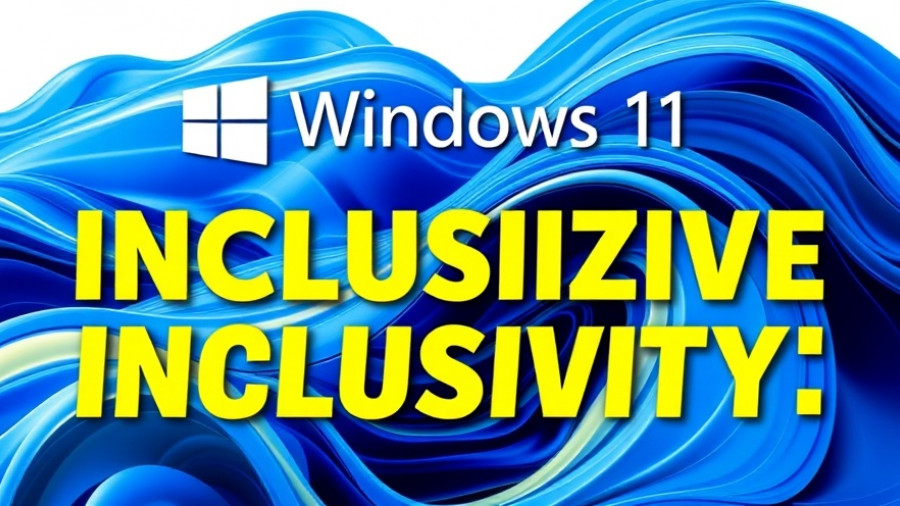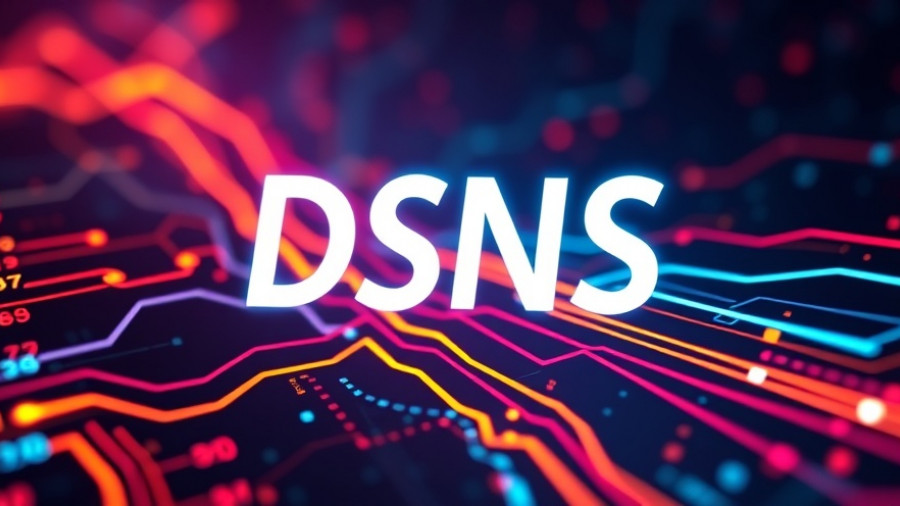
Unlocking Power: What is the Ultimate Performance Plan?
The Ultimate Performance Plan represents a significant stride in optimizing energy management for high-performance computing tasks. Designed primarily for workstations and expensive gaming rigs, this power plan transcends Microsoft’s standard High-Performance setting by minimizing micro-latencies that slow down processing in everyday scenarios. When activated, users can experience unparalleled speed and responsiveness, especially during demanding tasks like 3D rendering or gaming. However, the trade-off involves an increased power consumption, which poses crucial considerations for laptop users reliant on battery life.
In How to enable ULTIMATE PERFORMANCE Plan in Windows 11 (2025), the discussion dives into the practical applications of this feature, exploring the nuances of who stands to gain the most and how this plan can be effectively utilized.
How to Enable the Ultimate Performance Plan
Enabling the Ultimate Performance Plan on Windows 11 is deceptively simple, though it may require some initial digging. Users can navigate the Control Panel, select the Power Options, and switch to Ultimate Performance if it appears in their power plans. For those who don’t see it, a few lines of command executed via PowerShell or Command Prompt can unlock this feature. The accessibility of this performance-enhancing setting underlines the potential for systems—regardless of their initial specifications—to attain maximum throughput under the right conditions.
The Performance Gains: Benchmarks and Results
Performance assessments conducted through benchmarking tools like 3D Mark provide pertinent insights into the comparative abilities of the Ultimate Performance Plan. The results reveal marginal gains over the High-Performance Mode, suggesting that while there is a performance increase—such as moving from an 8,682 score in high performance to 8,719—the differences may not be significant for all users. This raises the question of whether the power consumption outweighs the performance benefits, making Ultimate Performance a strategic choice mainly for users engaged in heavy computational tasks.
Is Ultimate Performance Right for You?
The decision to enable the Ultimate Performance Plan requires careful consideration of individual user needs and system capabilities. For tech enthusiasts and professionals in demanding fields, the slight bump in performance may justify its use. Yet, for average users, particularly those who rely on laptops, the higher energy requirements could impede productivity due to frequent charging. It becomes crucial for users to weigh their specific needs against potential drawbacks, especially in work environments where efficiency and output are paramount.
Future Predictions: The Evolving Landscape of Power Management
As technology advances, so too does our understanding of resource management in computing. The Ultimate Performance Plan could be a precursor to future power management solutions that leverage artificial intelligence and machine learning to optimize transitions between performance modes more intelligently. These improvements might lead to more significant energy savings without sacrificing performance, setting the stage for unprecedented developments in both consumer electronics and enterprise-level computing.
In How to enable ULTIMATE PERFORMANCE Plan in Windows 11 (2025), the discussion dives into the practical applications of this feature, exploring the nuances of who stands to gain the most and how this plan can be effectively utilized. With advancements like these, users hold the potential to not only enhance their tech experiences but to optimize their workflows significantly.
 Add Row
Add Row  Add
Add 




Write A Comment